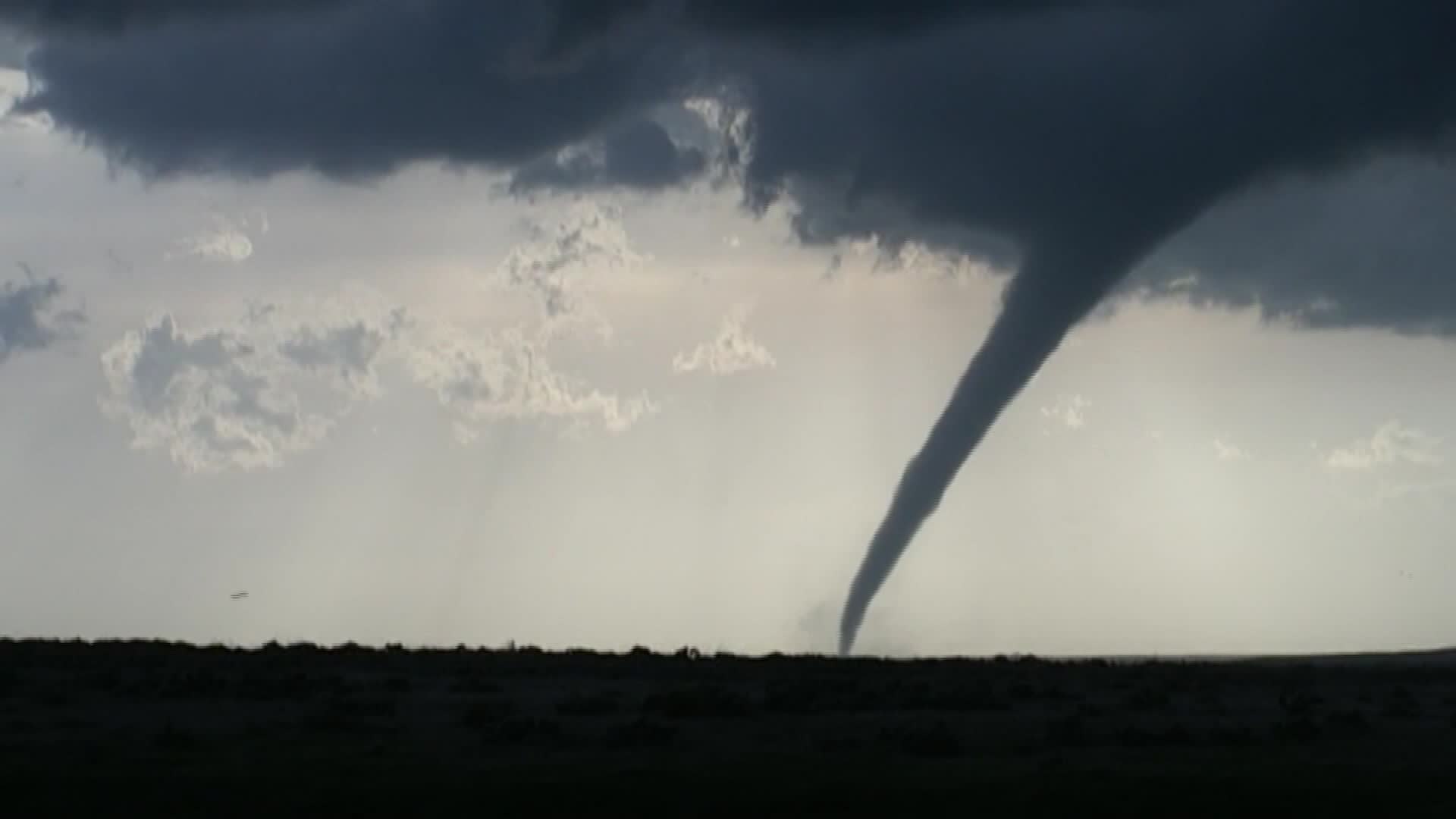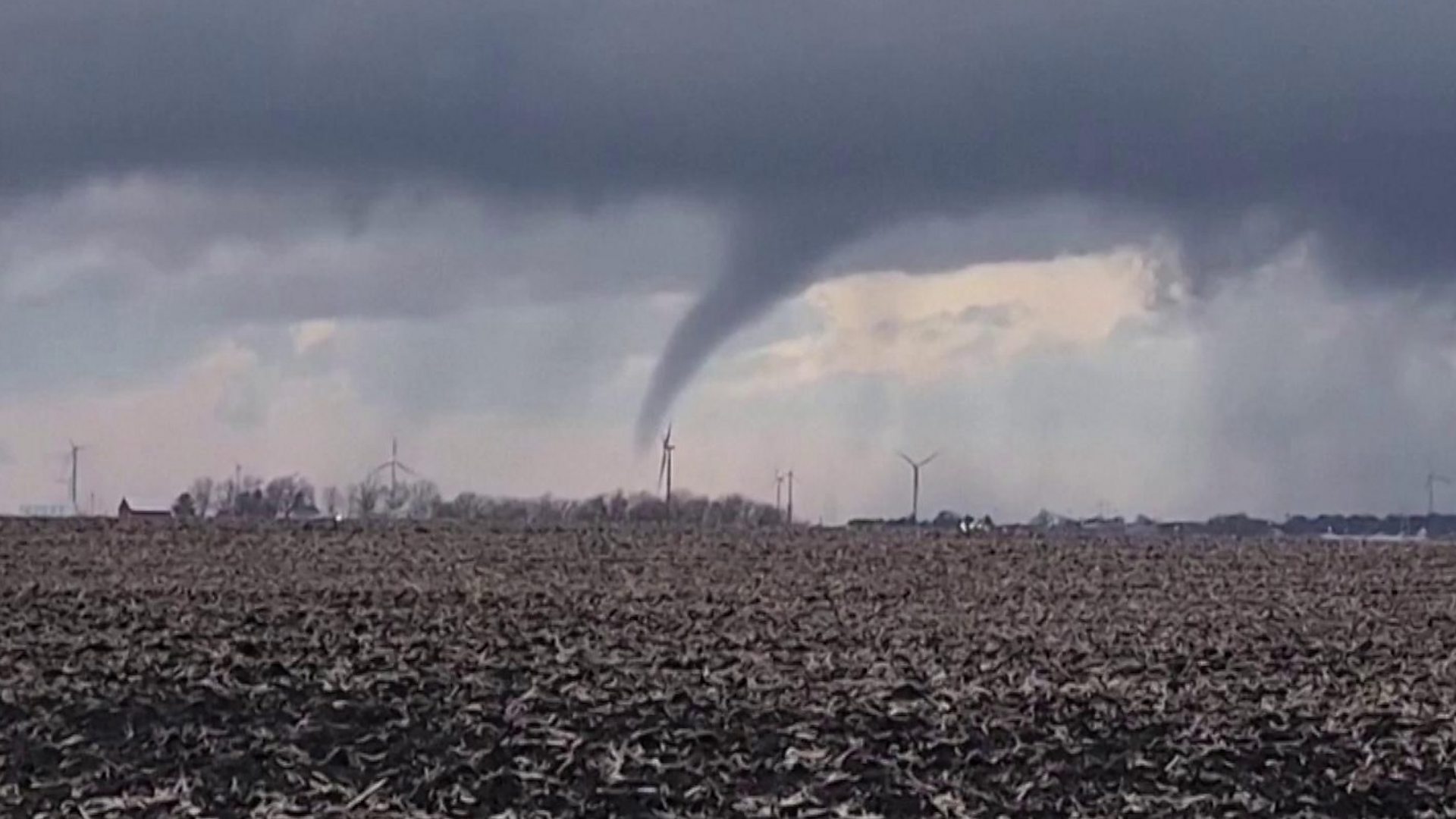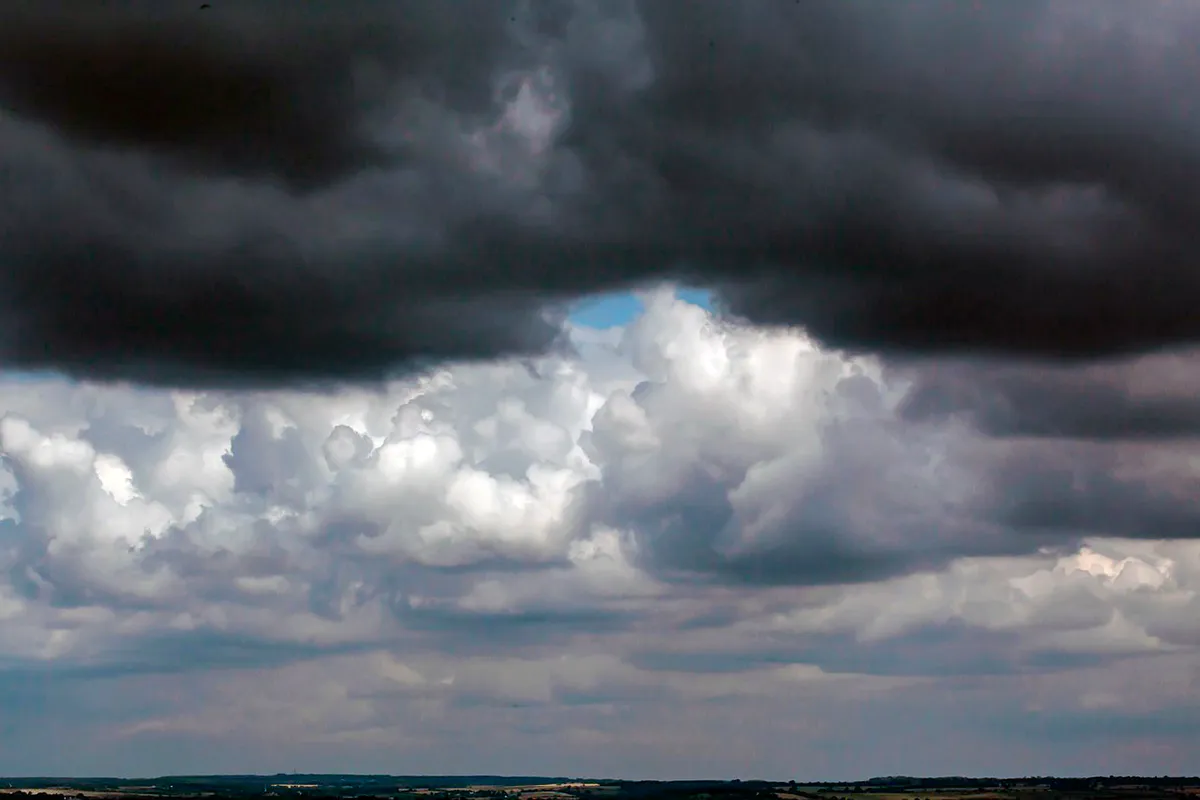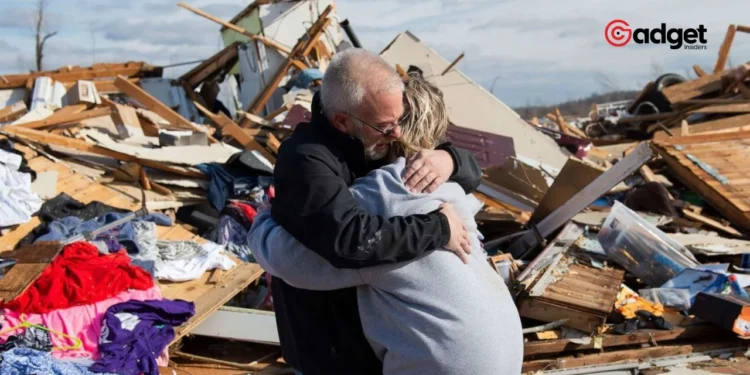The heartland of America is no stranger to the fury of nature’s extremes, with tornadoes standing as harbingers of chaos and creation alike. Recently, the Central U.S. has once again found itself at the mercy of such powerful forces, as several tornadoes tore through the region, signaling a serious wave of severe weather conditions.

Eye of the Storm: Oklahoma’s Tumultuous Night
In Oklahoma, the skies turned hostile as four tornadoes were confirmed, including one that ravaged Barnsdall, a city about 40 miles north of Tulsa. This event marked the second occurrence of such severe weather hitting the area in just a month.
Reports flooding in from Barnsdall and nearby Bartlesville highlighted significant damages and injuries, casting a shadow over the communities struggling to rebuild.
Further chaos ensued east in the state, where the old gymnasium at Welch School suffered the loss of its roof, a tragic emblem of the storm’s might, as reported by the Welch Fire Department on social media.
The National Weather Service (NWS) had already sounded the alarm, predicting an ominous evening as “explosive thunderstorm development” was expected to escalate the severity of conditions, with the risk of intense tornadoes becoming more pronounced as the night progressed.
The Storm Prediction Center (SPC), a branch of the NWS, underscored the gravity of the situation with a “particularly dangerous situation” warning that remained in effect until late evening.
We are expecting a serious severe weather outbreak, with multiple strong, long-tracked tornadoes, large hail, and severe thunderstorm gusts, said Meteorologist Jennifer Thompson from the SPC, all looming over the south-central Plains from late afternoon through the evening.
When the Wind Howls: Nebraska and Kansas Brace for Impact
The storm system wasn’t content with just Oklahoma; it cast a wider net. In Nebraska, Nemaha and Otoe counties were on high alert as tornado warnings were issued just before the clocks struck half-past nine in the evening.
The same system had previously unleashed its wrath on April 26, spawning 18 tornadoes across Nebraska and Iowa, including five EF-3 tornadoes which tragically claimed a life and left hundreds of homes in ruins.

Kansas also faced its share of nature’s fury with reports of funnel clouds and hailstones reaching up to 4 inches in diameter. The NWS office in Topeka confirmed a tornado near Riley in Ogden County, stirring concern and readiness among the residents.
Safety First: Navigating Tornado Warnings
As the storms continue their relentless march, safety remains paramount. The NWS and local authorities consistently stress the importance of preparedness and caution during such severe weather events.
They advise seeking immediate shelter in the safest, most robust parts of buildings, away from windows and exterior walls.
For those caught in the path of these potentially deadly storms, protective measures such as covering with thick blankets or mattresses and wearing helmets can significantly enhance safety, providing crucial protection against flying or falling debris.
Tornadoes spotted in Oklahoma as central U.S. braces for severe weather – USA TODAY https://t.co/XkkzFvfMHz
— Mary Ann Vicars (@VicarsAnn22647) May 7, 2024
Historical Echoes: Recalling Past Tornadoes
Reflecting on historical precedents, such as the violent F-4 tornado that struck Omaha, Nebraska, on May 6, 1975, serves as a somber reminder of the devastating potential of these natural phenomena.
That particular event killed three people and destroyed 287 homes, leaving a lasting impact on the community and the collective memory of the region.

As the Central U.S. braces for continued severe weather, the resilience and preparedness of its people are once again put to the test. With each storm, communities learn and adapt, ever vigilant in the face of nature’s next challenge.










